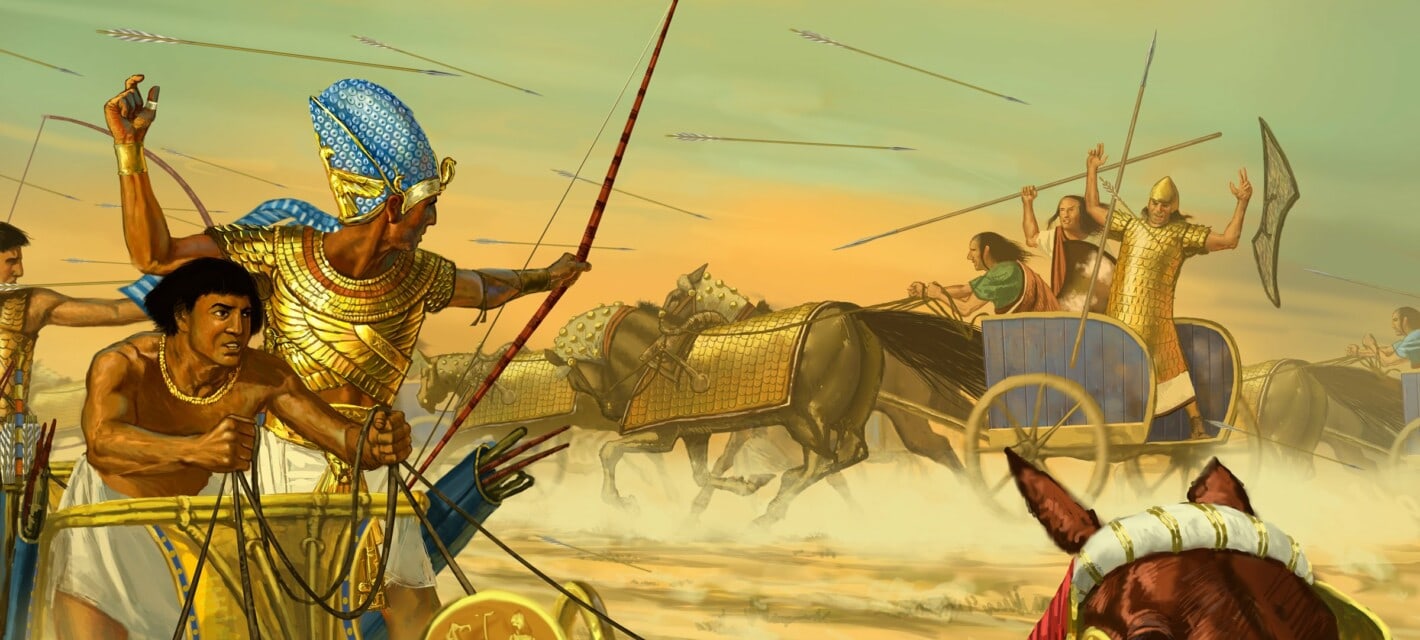Powerful people have often changed the trajectory of history through innovation and by thinking outside the box. Take history’s first empire builder. He tore up the old schoolbook whereby kings claimed their right to rule came directly from the gods. In a first that has been copied by many since, he rose to power with help from the commoners by asserting that he was one of them. In another first that was copied by many since, soon as he secured power, he ditched the commoners and screwed them over. Below are twenty five things about that and other fascinating facts about some of history’s strongest and most powerful figures.
History’s First Empire Builder

Ancient Mesopotamian ruler Sargon of Akkad (reigned circa 2334 – 2279 BC) was history’s first powerful conqueror and de facto emperor. As a young officer, he led a revolt that toppled the king of Kish. Next, he marched north, conquered cities and recruited an army, then turned south against the city states of ancient Sumer. He crushed their combined forces in a decisive battle. A brilliant military commander, Sargon seized all of southern Mesopotamia, as well as parts of Syria, Anatolia in modern Turkey, and Elam, in what is now western Iran. The Akkadian Empire he cobbled together is considered to be history’s first multi-national empire.

Sargon’s realm was the first political entity that was ever administered efficiently through the use of bureaucracy on a large scale. His model was copied by future rulers and kingdoms. Sargon was also an innovator in the realm of propaganda, who came up with a radically different origin story to gather support, and to justify his right to rule. Before Sargon, Sumerian rulers believed in an ancient version of the divine right of kings. To set themselves apart from the commoners and elevate themselves above the masses, Sumer’s kings asserted that they were chosen by the gods to rule. As seen below, Sargon, as canny a politician as he was a brilliant military leader, did away with that narrative.

